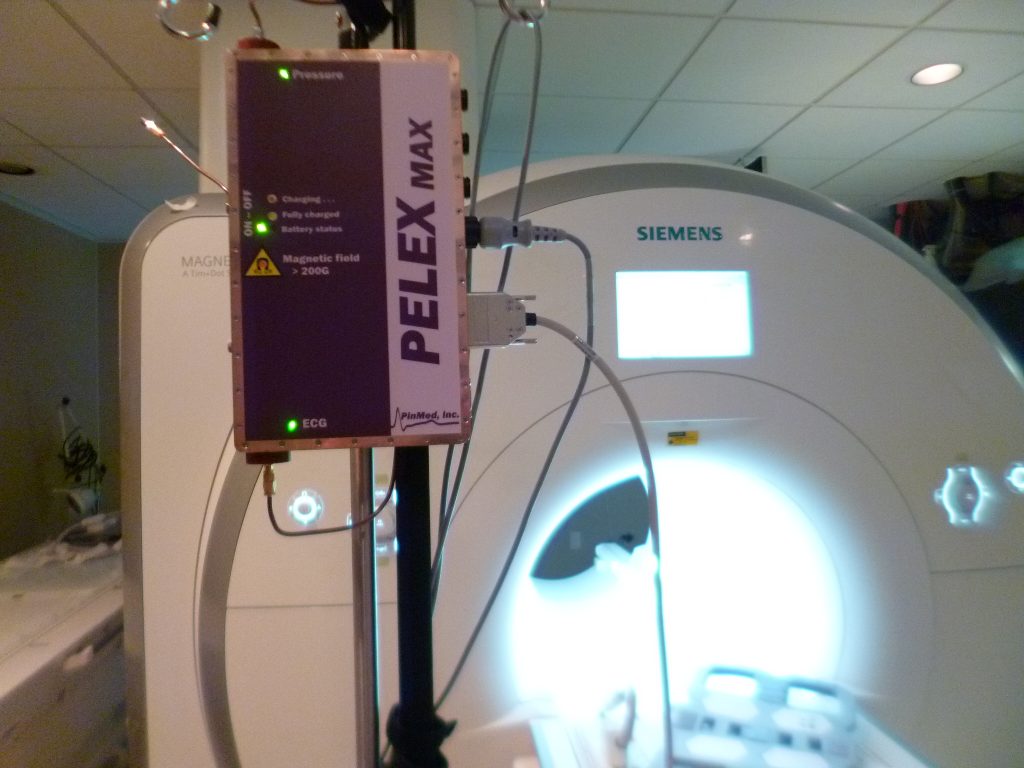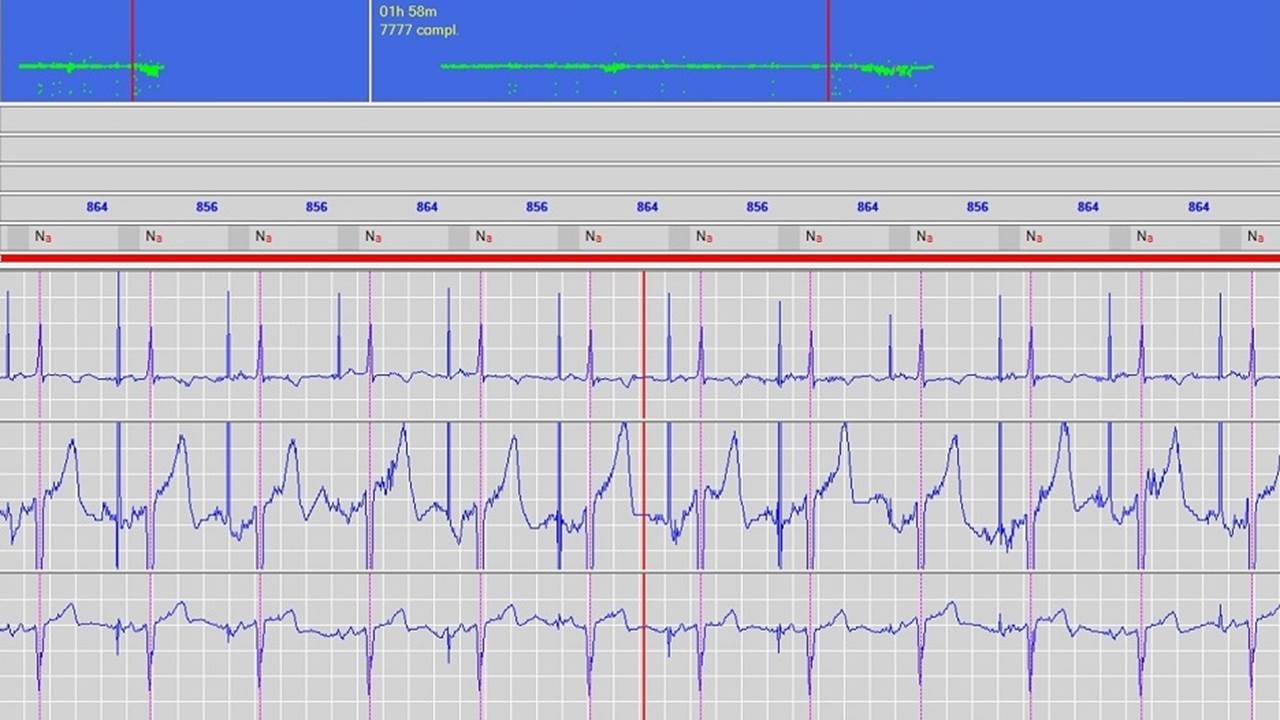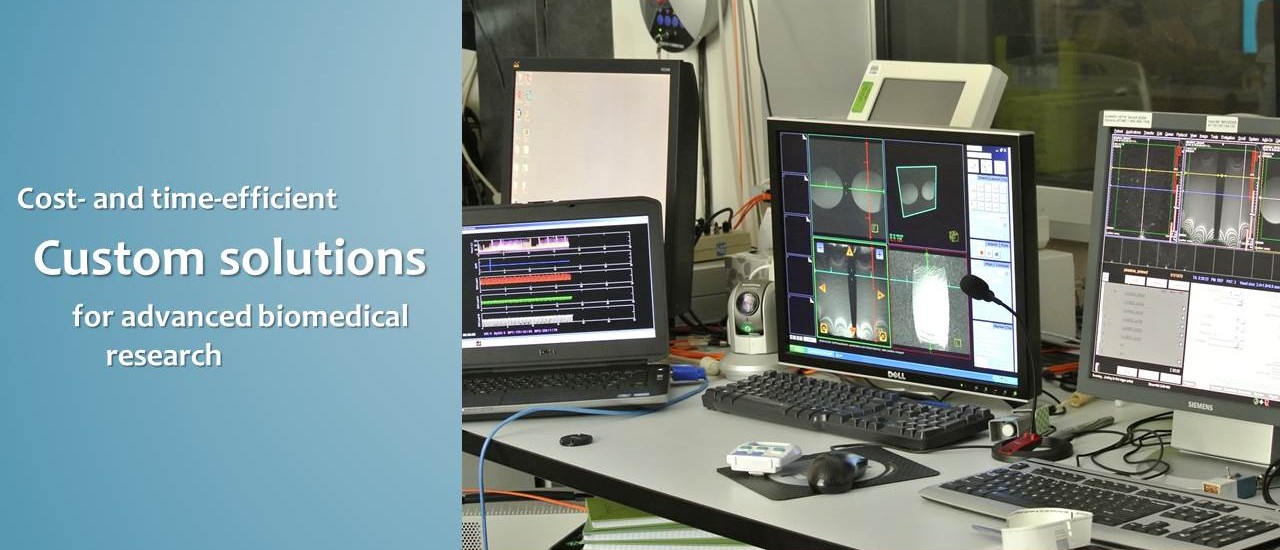PinMed provides customized hardware, software, and analytical services for medical researchers in leading academic centers such as Yale University and the NIH Clinical Center. Examples include:
PELEX-MAX: An MRI-Compatible, Wireless, 12-Lead ECG, Blood Pressure, and Oximetry System
PELEX-MAX is a multisensor, wireless, mobile unit and review station designed to provide uninterrupted, high-quality data during MRI- and X-ray-guided procedures, as well as during patient transportation and multi-modal imaging. It addresses the need for continuous monitoring in the challenging environments of the interventional cardiology suite, ICU, operating room, and ER. PELEX-MAX eliminates the need to detach and reattach different monitoring systems for different procedures and hospital units, improving the quality and efficiency of patient care. The system was developed in collaboration with Dr. Anthony Faranesh, NIH. Read more.

PinMed’s integrated technological platform for real-life, longitudinal data collection and analysis
- Tested in NIH-supported clinical studies
- Mobile, modular systems for high-fidelity, harmonized data collection
- Proprietary algorithms and software for identifying an individual’s pattern of longitudinal data, accurate tracking of changes in newly received data, and detecting subtle but clinically important indicators of impending cardiovascular events
- Optimized network-distributed data processing
Our analytical group has developed software for analyzing subtle, beat-to-beat changes in continuous, ambulatory ECG data (trends of T-wave alternans, QT-intervals, T-wave amplitudes, and other important parameters) in relation to the timepoints of behavioral/psychological assessment. This software has been instrumental for studying deleterious effects of psychological stress on the heart.
Proarrhythmic effects of psychological stress in daily life. PI: Rachel Lampert, M.D., Yale University


